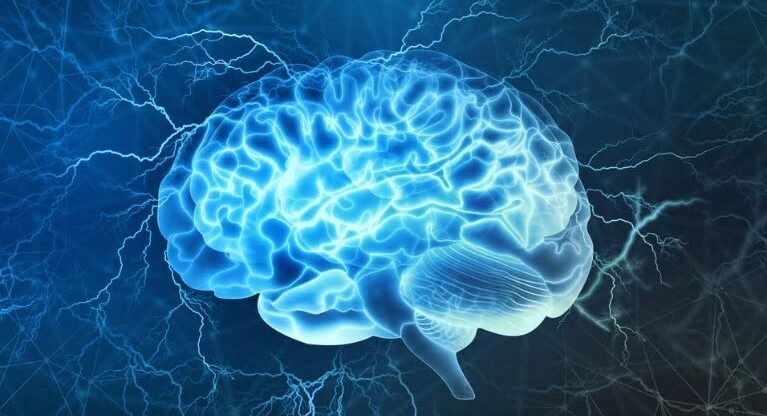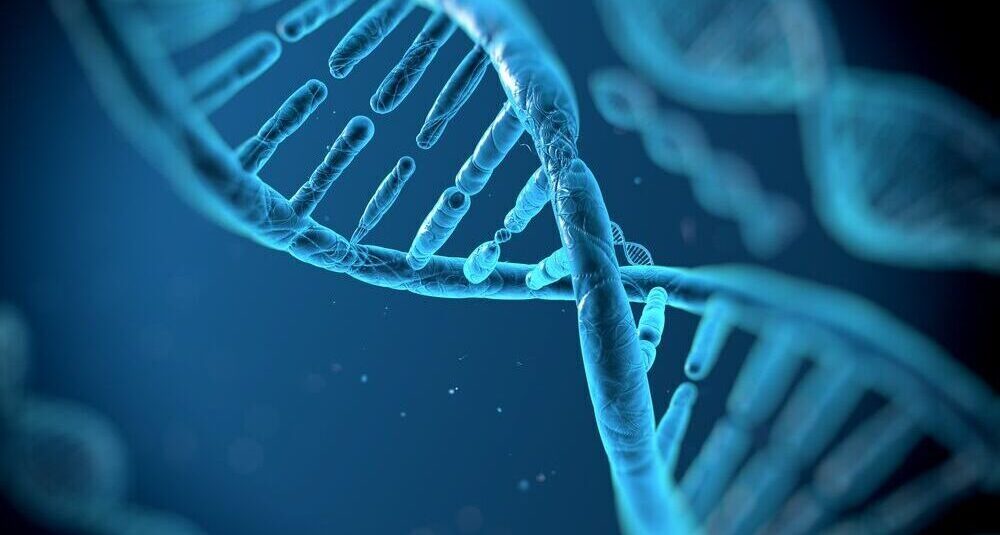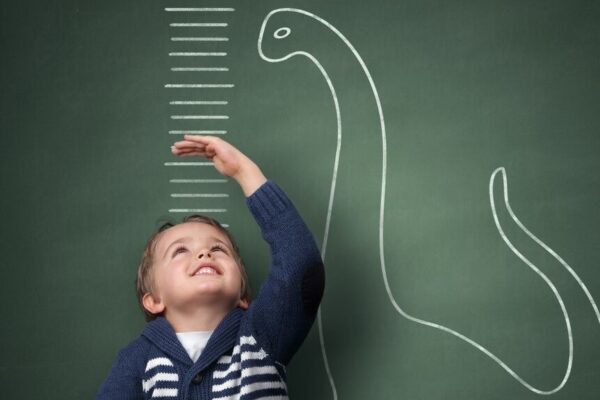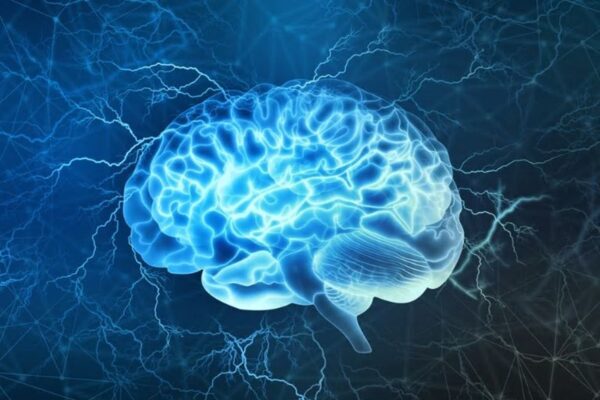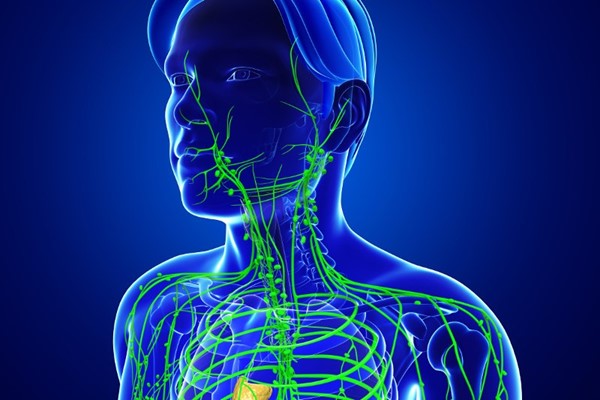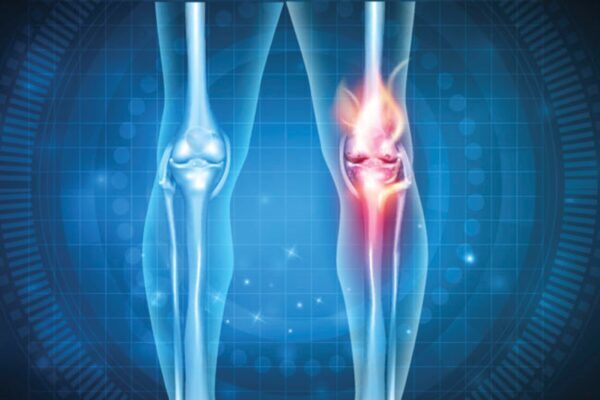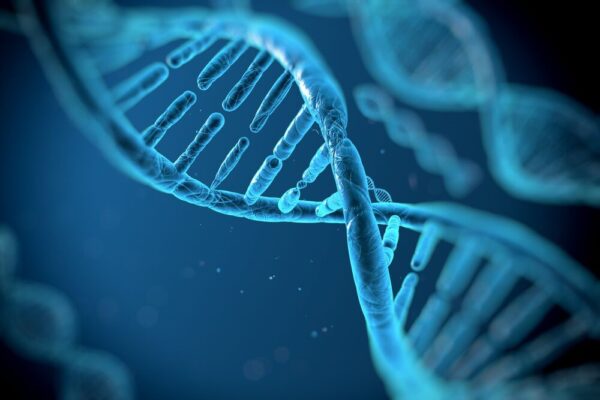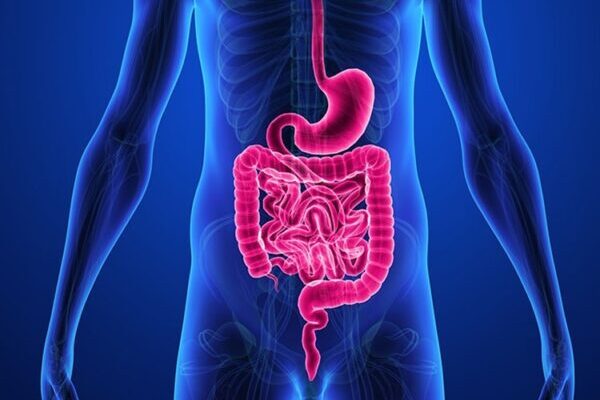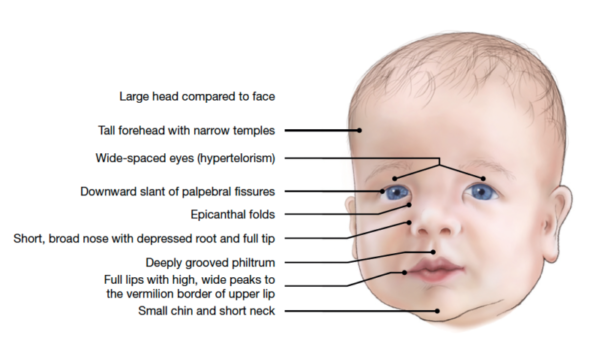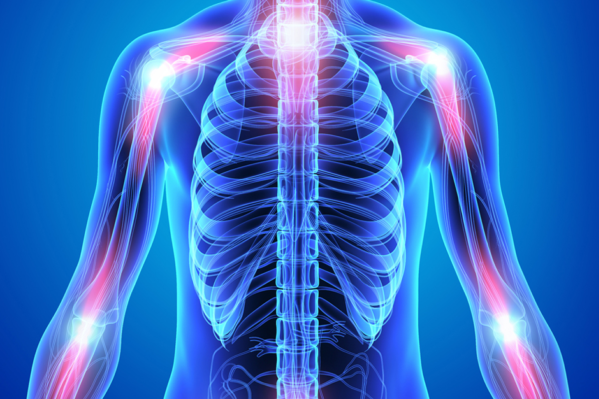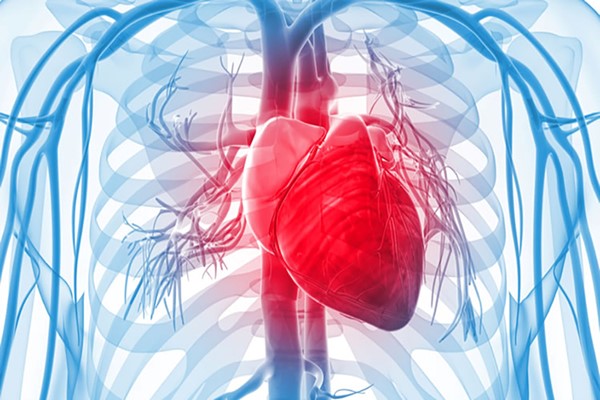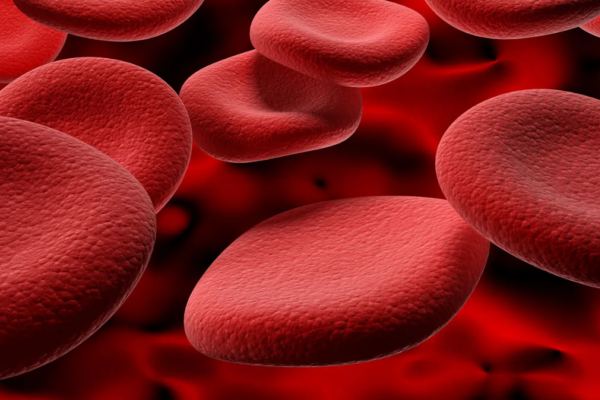Noonan syndrome is one of the most common causes of inherited congenital heart disease and now is recognised to occur in around 1 in 2500 births.
It was first recognised when an American cardiologist Dr Jacqueline Noonan noticed that many of the children she was seeing with a particular type of heart disease (pulmonary stenosis) looked very similar – they had short stature and similar facial features including ptosis (drooping of the eyelids) and some webbing of the skin at the side of the neck.
Since she published this finding in 1963 the syndrome has been widely recognised in all parts of the world. The term ‘syndrome’ comes from the Greek and means to ‘run together’.
The features of the syndrome are
- Facial features – these are variable, both from person to person, and over time. In early childhood there can be ptosis (drooping eyelids), low set ears, short neck, and low hairline, but especially in adult life there may be no particular differences
- Cardiac problems – the most common finding is narrowing of the pulmonary valve or pulmonary stenosis. This is easily treated but sometime there may be a more serious thickening of the heart muscle or cardiomyopathy
- Lymphatics – there may be generalised fluid retention at birth and in more chronic fluid retention in the legs later
Growth – many children with Noonan syndrome will be shorter than predicted from the heights of their parents. - Puberty – puberty in both boys and girls can be delayed. In boys there may be problems with the testicles descending (cryptorchidism) and reduced fertility in adult life
- Development – the range of intellectual development is wide but some children may be slower in their developmental milestones and need extra help at school
- Behaviour – It is difficult to characterise any specific behavioural pattern but emotional and autistic features have been reported
- Feeding difficulties – there may be difficulties with feeding at first and a few children require tube feeding but these difficulties improve with age
- Blood – problems with bleeding and easy bruising have been reported
- Hearing and vision – there are rarely problems but, in some people, deafness or a squint may occur
- Adult life – many problems improve with age, but some issues such as musculoskeletal pain, problems with the lymphatics or epilepsy may develop after early childhood.


